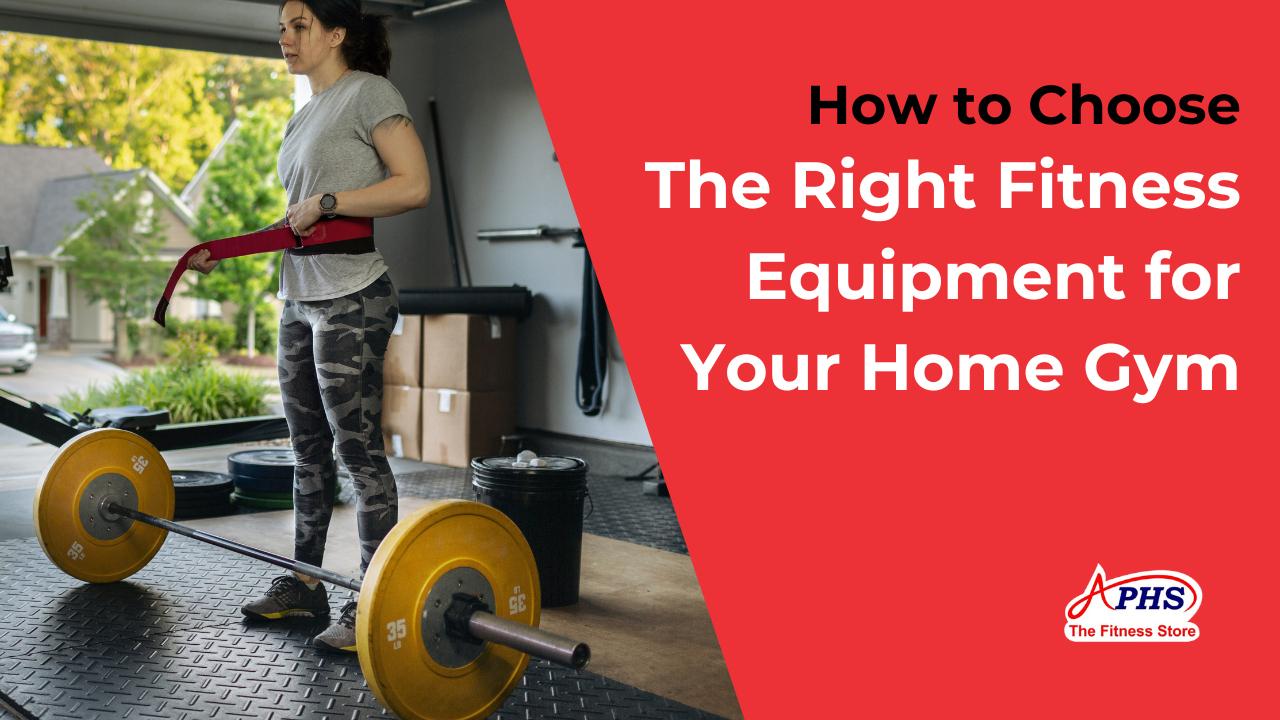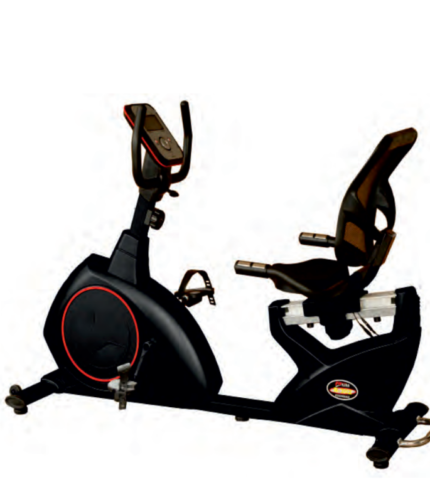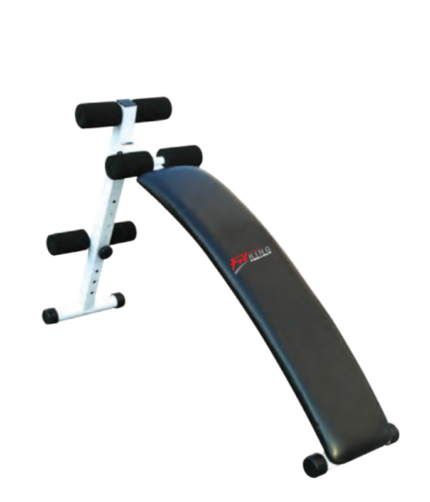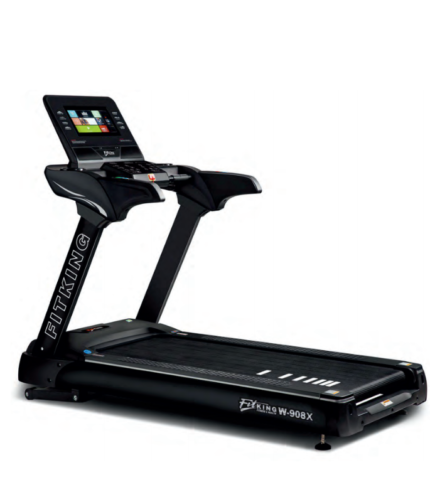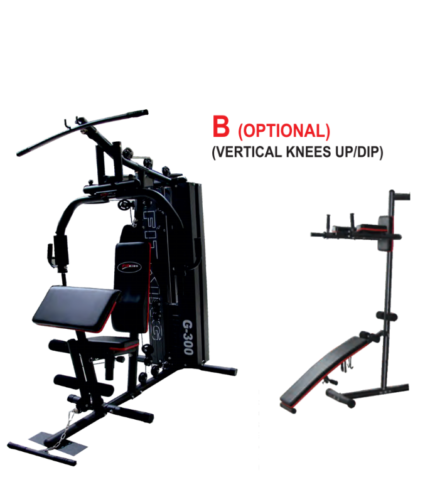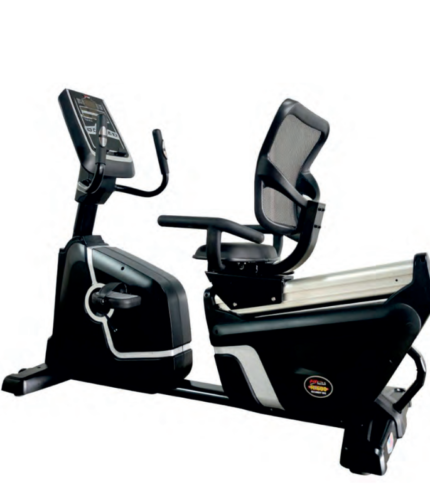Creating a home gym is a convenient and cost-effective way to maintain a consistent fitness routine. With the right equipment, you can achieve your fitness goals without the need to commute to a commercial gym. However, choosing the right fitness equipment for your home gym can be overwhelming due to the vast array of options available. This comprehensive guide will help you make informed decisions, ensuring you select the equipment that best suits your needs, space, and budget.
1. Assess Your Fitness Goals
a. Identify Your Primary Fitness Goals
The first step in choosing the right fitness equipment is to identify your primary fitness goals. Consider what you aim to achieve with your workouts, such as:
- Weight Loss: Focus on cardio equipment like treadmills, stationary bikes, and ellipticals.
- Muscle Building: Invest in strength training equipment like free weights, resistance machines, and benches.
- Improving Endurance: Cardio machines, rowing machines, and high-intensity interval training (HIIT) equipment are ideal.
- Flexibility and Balance: Equipment like yoga mats, balance balls, and foam rollers can help improve flexibility and balance.
b. Consider Your Current Fitness Level
Your current fitness level will influence the type and intensity of equipment you need. Beginners may benefit from more basic equipment, while advanced users might require more specialized and challenging gear.
- Beginners: Start with versatile and user-friendly equipment like resistance bands, dumbbells, and a stability ball.
- Intermediate Users: Expand your equipment to include items like a bench press, adjustable dumbbells, and a rowing machine.
- Advanced Users: Consider investing in more advanced equipment like a squat rack, power rack, and high-end cardio machines.
2. Evaluate Your Available Space
a. Measure Your Workout Area
Before purchasing any equipment, measure the space available for your home gym. This will help you determine the size and quantity of equipment you can accommodate.
- Small Spaces: Opt for compact and multifunctional equipment like foldable treadmills, adjustable dumbbells, and resistance bands.
- Medium Spaces: You can include larger machines like stationary bikes, weight benches, and elliptical trainers.
- Large Spaces: With ample space, you can invest in a full range of equipment, including power racks, cable machines, and multiple cardio machines.
b. Consider Ceiling Height and Flooring
Ensure that your ceiling height is sufficient for the equipment you plan to use, especially for exercises involving overhead movements. Additionally, choose flooring that can support heavy equipment and provide cushioning for your workouts.
- Ceiling Height: High ceilings are ideal for equipment like power racks and pull-up bars. Ensure there’s enough clearance for your height and movements.
- Flooring: Invest in durable and shock-absorbing flooring such as rubber mats or interlocking foam tiles to protect your floor and reduce noise.
3. Determine Your Budget
a. Set a Realistic Budget
Establishing a budget is crucial when choosing fitness equipment. Determine how much you are willing to spend and prioritize your purchases based on your fitness goals and available space.
- Low Budget (<$500): Focus on essential and versatile equipment like resistance bands, a stability ball, and a set of dumbbells.
- Medium Budget ($500-$2000): Include larger equipment such as a treadmill, stationary bike, and a weight bench.
- High Budget (>$2000): Invest in high-end machines like a multi-gym, power rack, and premium cardio equipment.
b. Consider Long-Term Investment
High-quality equipment may have a higher upfront cost but can save you money in the long run due to durability and reduced maintenance needs.
- Quality over Quantity: Invest in fewer high-quality items rather than numerous low-quality ones that may need frequent replacement.
- Warranty and Support: Look for equipment with good warranties and reliable customer support to protect your investment.
4. Essential Equipment for a Well-Rounded Home Gym
a. Cardio Equipment
Cardio equipment is essential for improving cardiovascular health, burning calories, and enhancing endurance. Choose the type of cardio equipment that best suits your fitness goals and space.
- Treadmill: Ideal for walking, jogging, and running. Look for features like adjustable incline, cushioned deck, and interactive programs.
- Stationary Bike: Provides a low-impact cardio workout. Options include upright bikes, recumbent bikes, and spin bikes.
- Elliptical Trainer: Offers a full-body, low-impact workout. Features to consider include adjustable stride length, resistance levels, and built-in programs.
- Rowing Machine: Provides a high-intensity, full-body workout. Look for machines with smooth resistance and comfortable seating.
b. Strength Training Equipment
Strength training is crucial for building muscle, improving bone density, and boosting metabolism. Equip your home gym with versatile and effective strength training tools.
- Dumbbells: Versatile and essential for a variety of exercises. Adjustable dumbbells save space and allow for easy weight changes.
- Barbell and Weight Plates: Necessary for compound exercises like squats, deadlifts, and bench presses. Ensure you have a range of weight plates to accommodate different exercises.
- Weight Bench: A sturdy, adjustable bench is essential for various strength training exercises. Look for a bench with multiple incline settings.
- Resistance Bands: Lightweight and portable, resistance bands are great for strength training, flexibility, and rehabilitation exercises.
- Kettlebells: Useful for functional training and dynamic movements. Choose a set of different weights for a variety of exercises.
c. Functional Training Equipment
Functional training equipment helps improve overall fitness by enhancing strength, balance, and coordination. Incorporate these versatile tools into your home gym.
- Stability Ball: Ideal for core strengthening and balance exercises. Ensure the ball is the right size for your height.
- Medicine Ball: Useful for explosive movements and core exercises. Available in various weights for different fitness levels.
- TRX Suspension Trainer: Allows for a full-body workout using bodyweight resistance. Easy to set up and adjust for different exercises.
- Foam Roller: Essential for muscle recovery and flexibility. Use it to release muscle tension and improve mobility.
d. Flexibility and Recovery Equipment
Maintaining flexibility and incorporating recovery into your fitness routine is crucial for preventing injuries and enhancing performance.
- Yoga Mat: Provides a comfortable surface for stretching, yoga, and floor exercises. Choose a mat with adequate thickness and grip.
- Foam Roller: Helps release muscle tension and improve flexibility. Use it for self-myofascial release and muscle recovery.
- Massage Tools: Handheld massage tools and percussion massagers can aid in muscle recovery and reduce soreness.
- Stretching Straps: Useful for deepening stretches and improving flexibility.
5. Consider Advanced and Specialized Equipment
a. Multi-Gyms and Cable Machines
Multi-gyms and cable machines offer a wide range of exercises in a compact space, making them ideal for comprehensive strength training.
- Multi-Gyms: Provide multiple workout stations for exercises like chest presses, leg extensions, and lat pulldowns. Look for machines with smooth operation and adjustable resistance.
- Cable Machines: Allow for dynamic and versatile exercises. Ensure the machine has a sturdy frame and smooth cable operation.
b. Power Racks and Smith Machines
For serious strength training enthusiasts, power racks and Smith machines provide safety and versatility for heavy lifting.
- Power Racks: Essential for exercises like squats, bench presses, and pull-ups. Look for racks with adjustable safety bars and additional attachments.
- Smith Machines: Offer guided barbell movement for added safety. Choose machines with a smooth glide and adjustable settings.
c. High-Tech and Smart Equipment
Investing in high-tech and smart fitness equipment can enhance your workout experience and keep you motivated.
- Smart Treadmills: Equipped with interactive screens, virtual coaching, and performance tracking.
- Connected Bikes: Offer virtual rides, interactive classes, and performance metrics.
- Wearable Fitness Trackers: Track your workouts, heart rate, and progress with devices like smartwatches and fitness bands.
- Smart Mirrors: Provide virtual personal training and interactive classes, combining fitness with technology.
6. Evaluate Quality and Durability
a. Research Brands and Reviews
Before purchasing fitness equipment, research brands and read reviews to ensure you are buying from reputable manufacturers.
- Trusted Brands: Look for well-known brands with a history of producing high-quality equipment.
- Customer Reviews: Read reviews from other users to gauge the equipment’s performance, durability, and ease of use.
b. Test Equipment If Possible
If possible, test the equipment in person before making a purchase. This will give you a better sense of its quality, comfort, and usability.
- Fitness Stores: Visit fitness stores or showrooms to try out the equipment.
- Friends and Family: Ask to test equipment that friends or family members own.
c. Warranty and Customer Support
Ensure that the equipment comes with a good warranty and reliable customer support to protect your investment.
- Warranty: Look for equipment with comprehensive warranties that cover parts, labor, and frame.
- Customer Support: Choose brands with responsive and helpful customer support for any issues or questions.
7. Plan for Future Expansion
a. Scalable Equipment
Choose equipment that can grow with your fitness journey, allowing for future expansion as your needs and fitness levels change.
- Adjustable Weights: Invest in adjustable dumbbells and barbells that can accommodate increasing weights.
- Modular Machines: Look for multi-gyms and cable machines that offer additional attachments and upgrades.
b. Leave Room for New Equipment
Plan your home gym layout to leave room for future equipment additions.
- Open Space: Ensure you have enough open space for bodyweight exercises and new equipment.
- Storage Solutions: Invest in storage solutions like racks and shelves to keep your gym organized and free up space for new equipment.
8. Safety Considerations
a. Proper Setup and Installation
Ensure that your equipment is set up and installed correctly to prevent accidents and injuries.
- Professional Installation: Consider hiring a professional to install complex equipment like multi-gyms and cable machines.
- User Manuals: Follow the manufacturer’s instructions and guidelines for assembly and use.
b. Regular Maintenance
Regular maintenance is essential to keep your equipment in good working condition and ensure safety.
- Cleaning and Lubrication: Clean and lubricate moving parts regularly to prevent wear and tear.
- Inspections: Regularly inspect your equipment for any signs of damage or malfunction and address issues promptly.
c. Safety Accessories
Invest in safety accessories to enhance your home gym’s safety.
- Mats and Flooring: Use non-slip mats and proper flooring to prevent injuries.
- Safety Bars and Clips: Use safety bars and clips for weightlifting to prevent accidents.
9. Creating an Enjoyable Workout Environment
a. Lighting and Ventilation
Ensure your home gym has adequate lighting and ventilation to create a comfortable workout environment.
- Natural Light: If possible, choose a space with natural light to boost your mood and energy levels.
- Ventilation: Use fans or air conditioning to maintain a comfortable temperature and airflow.
b. Entertainment and Motivation
Incorporate entertainment options and motivational elements to keep your workouts enjoyable and engaging.
- Music and TV: Set up a sound system or TV to play music or watch shows during your workouts.
- Motivational Posters: Decorate your gym with motivational posters and quotes to stay inspired.
c. Organized Space
Keep your home gym organized and clutter-free to create a pleasant workout environment.
- Storage Solutions: Use shelves, racks, and bins to store equipment and keep the space tidy.
- Minimalism: Avoid overcrowding your gym with unnecessary equipment to maintain an open and inviting space.
Conclusion
Creating a home gym with the right fitness equipment requires careful planning and consideration. By assessing your fitness goals, evaluating your available space, and determining your budget, you can make informed decisions about the equipment that best suits your needs. Investing in high-quality, versatile, and durable equipment ensures that you can achieve your fitness goals safely and effectively.
Remember to consider advanced and specialized equipment if you have specific fitness needs or a larger budget. Evaluate the quality and durability of the equipment, and plan for future expansion to accommodate your evolving fitness journey. Prioritize safety and maintenance to keep your home gym in top condition, and create an enjoyable workout environment to stay motivated and engaged.
By following these guidelines, you can build a home gym that provides a convenient, cost-effective, and personalized fitness experience, helping you stay fit and healthy for years to come.


